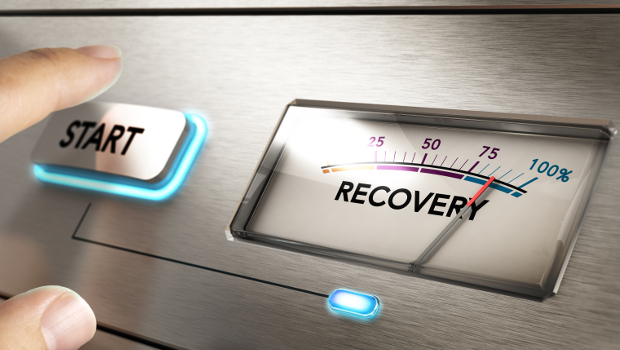According to figures from ITI Consulting, in 2017/2018, the average cost per hour of enterprise server downtime is between €257,000 and €343,000, with estimates from 2015 of up to €6 billion a year lost across the globe, according to IHI.
However, the cost, complexity and resource commitments of traditional disaster recovery (DR) systems are causing issues for many organisations, pushing them towards alternatives.
According to Auxilion, the challenges for an organisation in running traditional disaster recovery solutions are that costs, including data centre capacity, resources for support and management and hardware, combined with the complexity of running fail-over sites and testing and re-testing fail-over and recovery policies, all within regulatory and compliance obligations, are becoming unwieldy.
The needs of the business users, who prioritise minimising downtime, achieving protection without complexity or implementing secondary sites, and a shift from CapEx to OpEx models, can sometimes be at odds with IT priorities, where decision makers require customisable recovery policies to achieve recovery goals, the ability to run planned fail-overs/DR drills, support heterogenous environments, and have recovery plans that allow modelling for customised fail-over and recovery of multi-tier applications across multiple VM infrastructure.
With IT budgets being squeezed everywhere, as well skills shortages, Auxilion argues that the pressure to provide services for today’s environments, particularly in light of requirements under the likes of the General Data Protection Regulation (GDPR), now is the time to look at disaster recovery as a service (DRaaS).
DRaaS, says the company’s sales director Mark Buckley, means there is no need for additional hardware or alternate data centres, with the inherent reduction in complexity, management and resources.
Also, leveraging the likes of Microsft’s Azure platform, such services have the benefits of broad portfolios of certifications that ensure high levels of security, as well as easier compliance with the likes of data protection and other compliance obligations.
Buckley says that it is also faster to onboard with such services, with the modelling and testing of flexible fail-over and recovery policies made much simpler to both design and execute. The reach of cloud platforms also means that where geo-restrictions are required, data can be kept within certain boundaries.
Auxilion says that it has brought its own expertise in the area of DR and business continuity to bear on the problem, by combing the strengths of the more traditional approach with the strength of the cloud and the as-as-service delivery model.
“What we have done is taken component parts from Microsoft Azure and our own business and put them together to deliver what we call DRaaS.
“This encompasses leveraging Microsoft Azure platform using Azure Site Recovery as the mechanism by which that DR is put in place, and then we’ve coupled that with our own 24 x 7, ISO 20000 certified support service delivered out of our support centre in Dublin.
“Those three elements combined have been packaged up to deliver this DR as a service solution,” said Buckley.
A free webinar is now available from Auxilion that goes into both the challenges and requirements of implementing DR in today’s ICT environments, and how a cloud-based DRaaS can not only provide higher levels of capability than more traditional solutions, but also reduce costs and ease compliance burdens.
Webinar: “Protect your critical information the easy way”
TechCentral Reporters








Subscribers 0
Fans 0
Followers 0
Followers